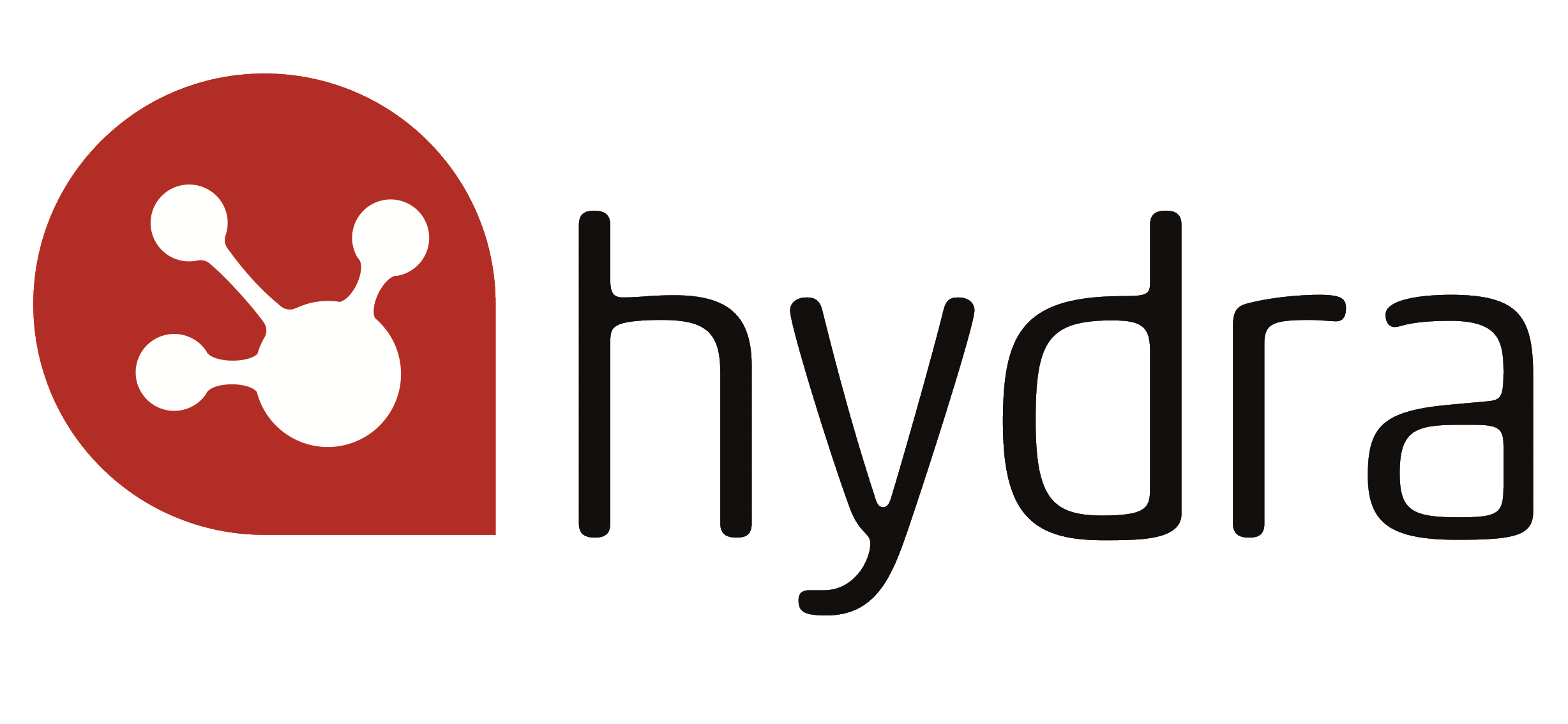Do you spend hours creating reports that no one reads, or making dashboards that never get looked at?
Poor reporting saps as much time and resource as pointless meetings; people either focus on the wrong goals, or they pick the right goals but choose the wrong way to measure them.
Great reporting can help you optimise decision making, support risk management by helping identify issues quickly, improve your business intelligence strategy and give you a better understanding of your organisation.
Which would you rather have?
This article demystifies reports and dashboards to help you make the right decisions in your projects.
Define your requirements
- What is the goal of your report or dashboard; is the data going to help you measure an action over time or help you make a decision?
- Who is this data for; a C-level executive doesn’t care about what the Network Engineer did, but probably does care about the overall performance of the project.
Dashboards
A dashboard is designed to measure a goal(s) over time and be easily digestible at a glance. It is important to pick a sensible goal for your dashboard, for example ‘Are we being successful at x? ...where x is a general goal, not a metric. A project dashboard should answer such questions as
- Is your project on target?
- How soon are we going to complete?
Reports
Reports should help you make a decision. For example
- Do we have enough of the right people to finish the project?
- What are the biggest risks to our project?
Know your audience
Find out what your audience cares about
How do you know what your audience will care about? Ask them. As a rough guide, you can assume people typically care about
- The goals that their jobs depend on;
- The budget or people they have control over.
Don’t mix audience levels
If someone tells you the report is for audiences with obviously different decision levels, then you’re almost always going to end up creating something that won’t fulfil the goals. Split up your reporting into individual reports/dashboards for each audience, or it will be left ignored and unloved.
Educating your audience
Asking them what they care about is important but you don’t just need to understand your audience — you may also need to educate them by explaining what information and metrics it's possible to deliver.
Get agreement as early as possible
Get initial agreement on what the dashboards and reports will be used for as early as possible in the project. This allows time for their development and creation and you wont be left on the back foot.
Case Study
The Open University is using Hydra Cloud to optimise their course creation and management across thousands of modules. Along with Hydra’s project planning and management features, The Open University is using its business intelligence reporting to optimise decision making across each of its Business Practices. Around 20 customised activity dashboards help measure the progress of their projects over time, quickly identify issues and drill down to the source of the problem in just a few clicks. It is not only helping them to improve consistency and optimise every project they deliver, it is also helping them improve their business intelligence strategy and build a better understanding of their organisation.
Hydra Cloud Report

Hydra BI Dashboard

Are you delivering great reporting?
Both reports and dashboards have their place in the project landscape and once you have considered what you want to measure and who for, the decision is much easier.
For more information on the work Hydra is doing with The Open University please have a read through the Case Study.
Do you want to deliver great reporting for your project? Contact us here or download the brochure for more information.
Further reading: 3 ways to dynamically improve your reporting capability


